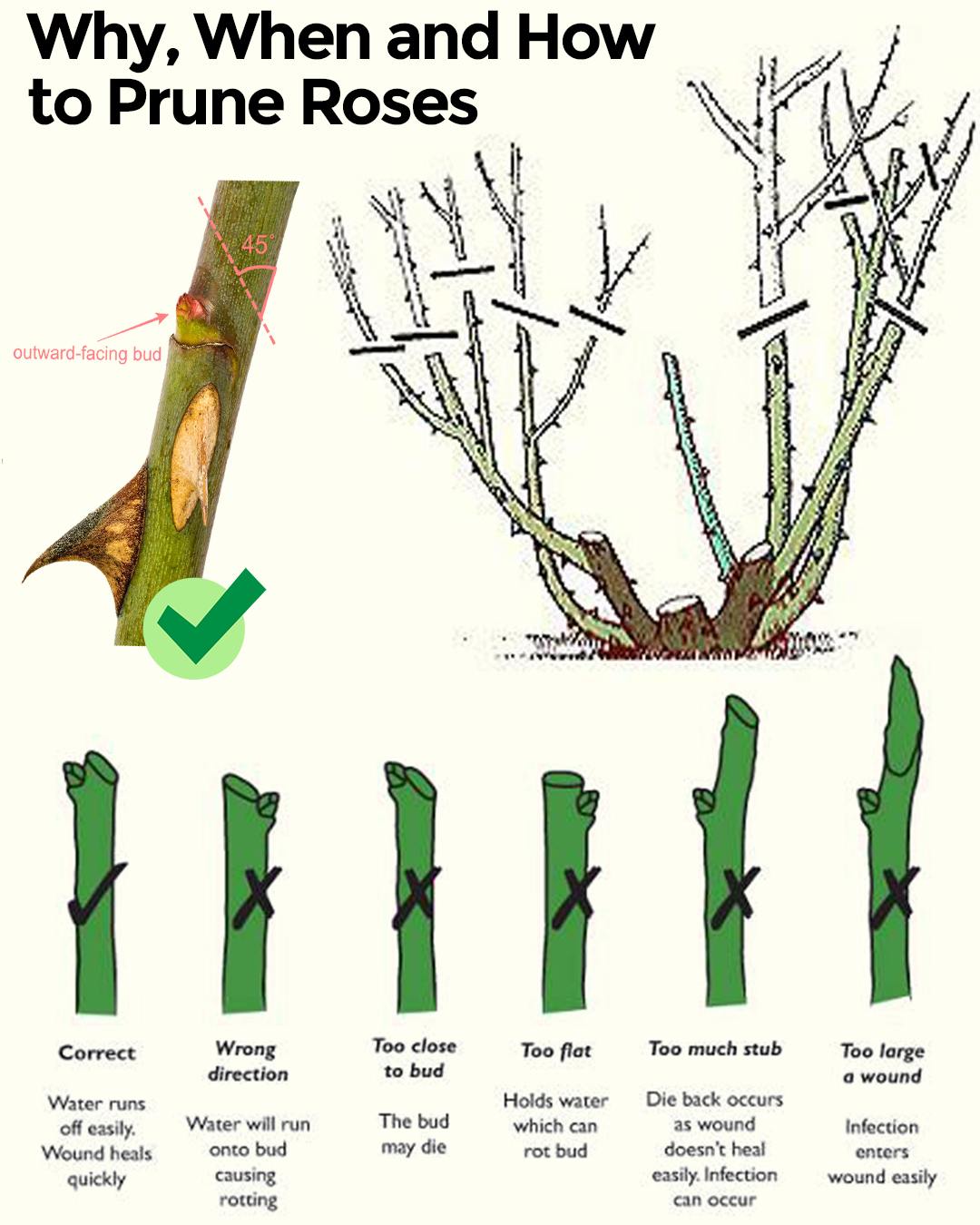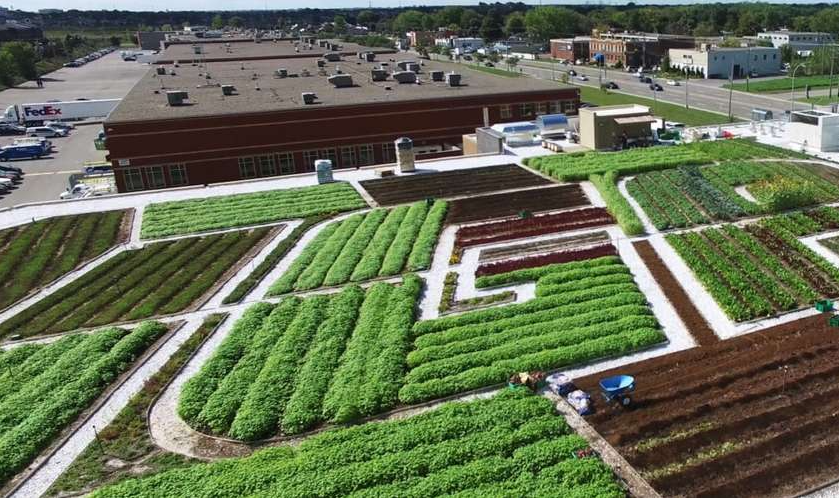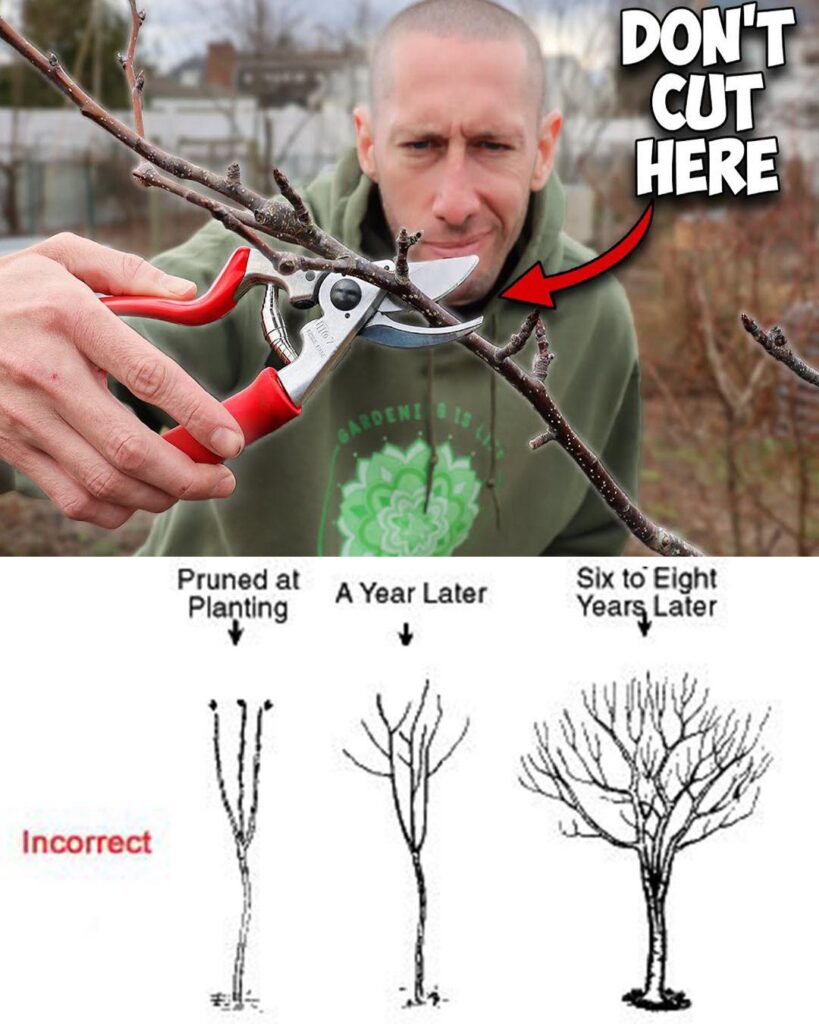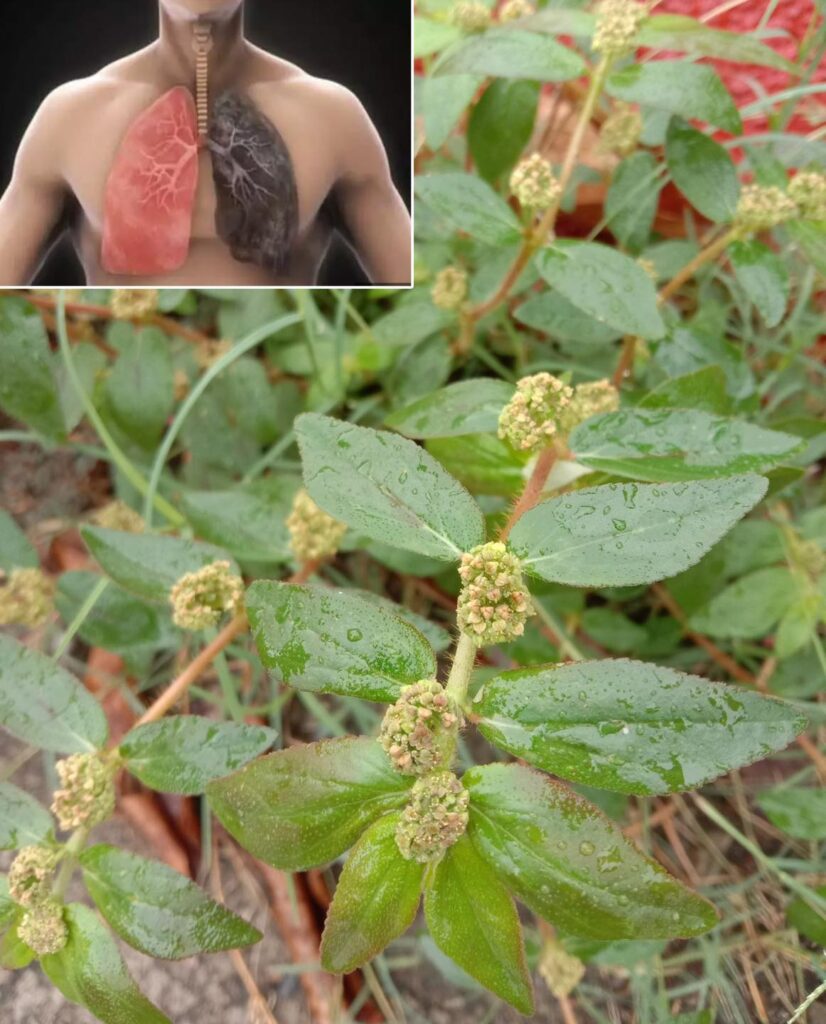Pruning roses is vital for maintaining their health, promoting growth, and ensuring a bountiful bloom. It might seem intimidating to cut back your cherished rose bushes, but a straightforward, step-by-step process can make the task less daunting. Here’s a guide on how and when to prune your roses, ensuring they thrive and continue to enhance your garden year after year.
Step-by-Step Guide to Pruning Roses
1. Knowing When to Prune
- Timing is Crucial: The best time to prune roses is in late winter or early spring, just as the plants are waking up from dormancy and before new growth starts. This usually falls between late February and April, depending on your local climate and rose variety.
2. Preparing Your Tools
- Gather the Right Equipment: You’ll need clean, sharp bypass pruners, gloves, and possibly lopping shears and a pruning saw for larger branches. Disinfect your tools with rubbing alcohol or a bleach solution to prevent the spread of diseases.
3. Assessing Your Rose Bush
- Inspect Before Cutting: Examine your rose bush to identify dead, diseased, or damaged wood, which should be removed. Also, look for branches that cross or rub against each other as these can cause wounds that invite disease.
4. Making the First Cuts
- Remove Unhealthy Wood: Start by removing any branches that are dead, diseased, or damaged. Cut these branches back to healthy tissue, making sure your cuts angle away from the center of the plant to promote water runoff.
5. Thinning for Air and Light
- Enhance Airflow and Light Penetration: Remove thin, weak growth and any branches that crowd the center of the bush. This improves air circulation and light exposure, which are crucial for healthy growth and flowering.
6. Shaping the Bush
- Create an Open Vase Shape: After cleaning up, shape the bush to promote optimal airflow and light exposure. Make cuts about 1/4 inch above an outward-facing bud, angling the cut away from the bud to direct growth outward.
7. Final Touches
- Seal and Clean Up: Apply a sealing compound to larger cuts to protect against pests and diseases, though this step is optional. Clean up all removed foliage and branches from around the bush to deter disease and pest issues.
Aftercare
- Nurture Post-Pruning: Water your roses well after pruning to help them recover and kickstart new growth. Apply a balanced fertilizer once new growth appears, tailored to your specific rose variety and soil conditions.
Pruning roses might initially seem complex, but by following these steps, you can confidently care for your roses, promoting robust health and abundant blooms. The aim of pruning is not just aesthetic but to ensure the overall health and vitality of your rose bushes, setting the stage for a stunning display. With a bit of practice, pruning becomes a rewarding part of your gardening routine, allowing you to engage deeply with your plants and enhance their beauty and well-being.



